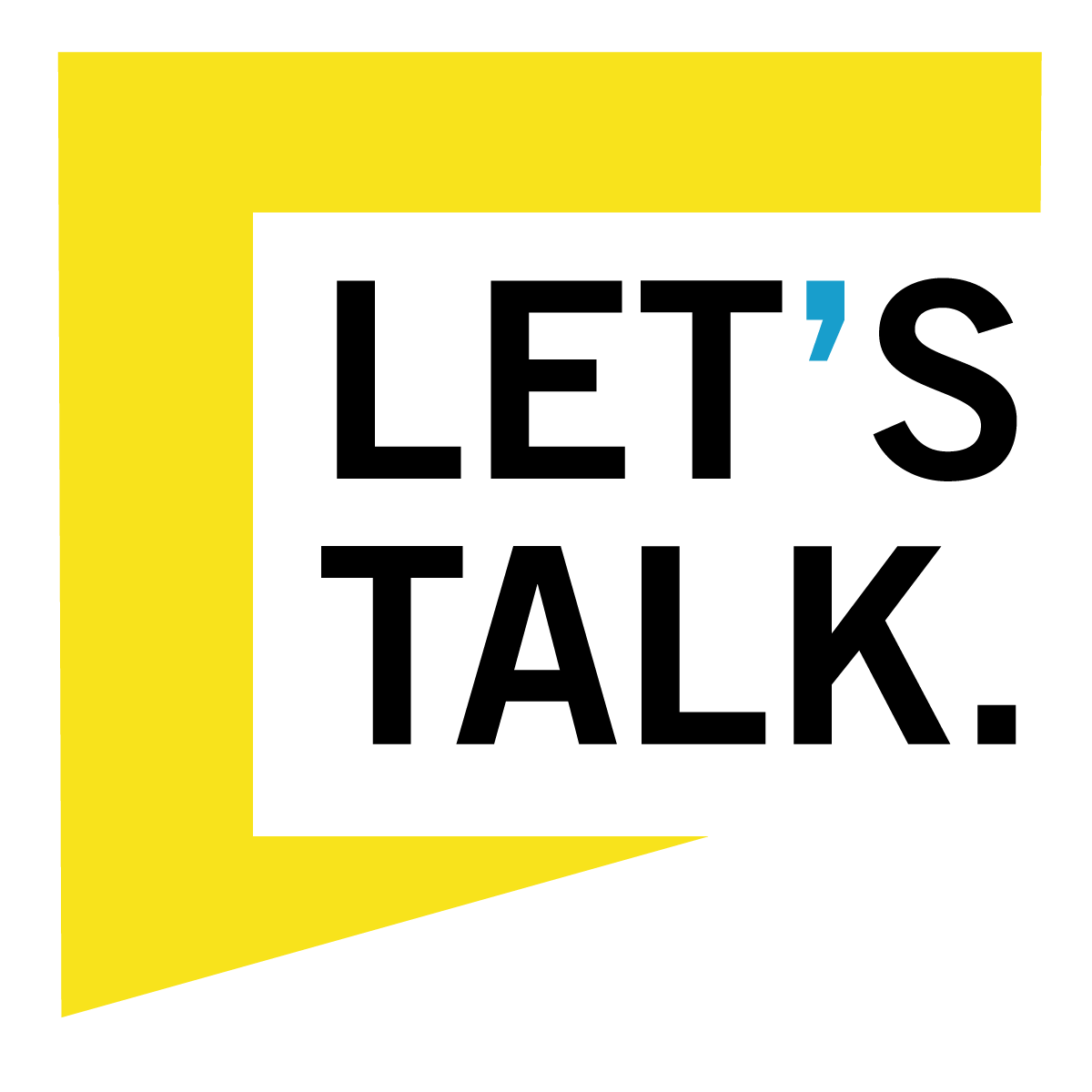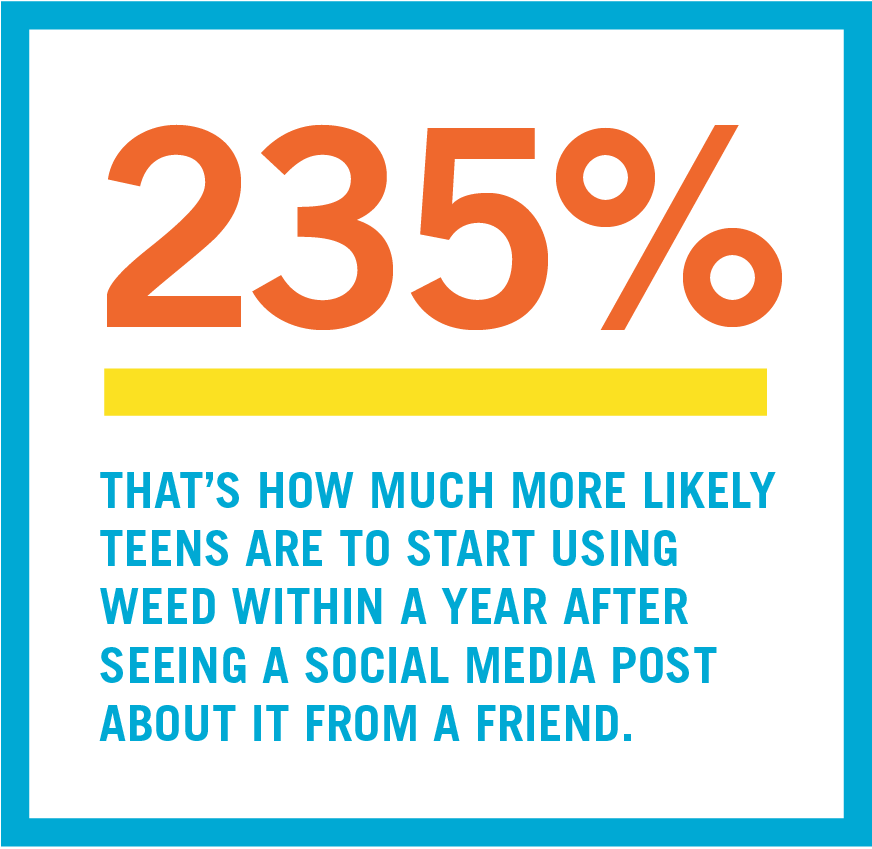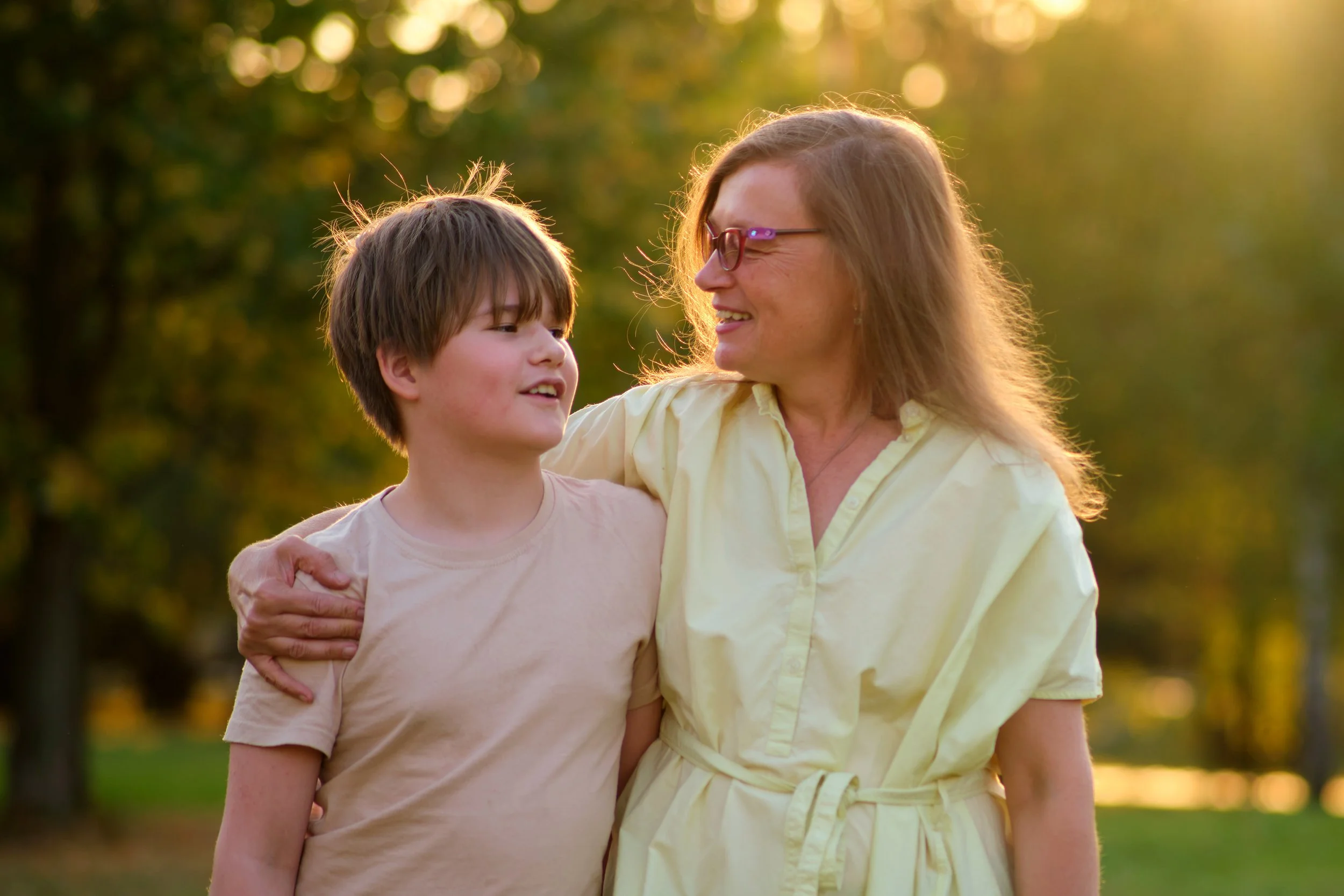WHAT YOU CAN DO
Environment, Peers and Caregivers
We all wish there was a blueprint for how to support our teens in just the right way for just the right outcomes. Spoiler alert: There isn’t. But we do know a lot about what it takes to help our teens feel connected, seek support when needed, and make healthy decisions. These are all protective measures that you can help your child build in their relationships and in their environments. After reading this page, for even more tips, check out the sections on Mental Health and Setting the Stage.
Place Matters
The environment in which our kids live, work and play, can influence a lot about their experience with substances and mental health. These spaces determine social norms, ease of access to substances, and the policies that impact their decisions. These spaces also provide opportunities for healthy and nurturing relationships.
-
These spaces influence substance use and mental health outcomes for teens, and you have a voice in how your kids move through these spaces. Do policies at the school align with your values around substances? Are there counselors to support teen mental health? Does the community have confidential services available to teens? Feeling connected to school and community is also associated with positive outcomes for teens. Connection can stem from involvement in extracurriculars, having a supportive peer group, or from having a trusted adult that is a part of their life other than a parent.
-
It turns out that what other people say and do does matter. Norms are the acceptable standards of behavior that are set in any group of people, at the school level and community level. If you want kids to have a better chance at healthy outcomes related to substances and mental health, then your school and community norms have to encourage healthy choices. This means you’ll want to choose environments that role model the kind of behavior you want to see from your teen. For more information on role modelling and norm setting, check out Raising the Bar and Be the Influence.
-
Easy access to substances is a key determinant in teenage use of substances. As a parent or caretaker, you can limit access by knowing your legal obligations under the Social Host Ordinance, being aware of what is accessible in your own home, and supporting policies that limit the availability of substances in your community.
Peers Matter
During the teen years, peer influence becomes more important, and that can impact substance use behaviors and mental health outcomes. Let’s take a look at how you can help your teen foster positive, healthy peer relationships, and how you can connect with other parents to support your teens’ safety.
-
Participation in leadership activities, creative hobbies, sports or volunteering are all opportunities for our kids to meet other youth who are building skills, learning about leadership, participating actively in group dynamics, and giving back. When a group of students are involved in positive youth development together, that peer network is protective. Help your teen identify their interests or try out new interests, and provide support for them to engage with like-minded peers in structured activities that help them grow.
-
Especially during middle school, friend groups are changing, and it becomes really important to know those new friends. Find ways to get to know them, whether that is by saying hello at school pick-up, or inviting them over to the house. Your teen may not be thrilled about this, and that’s okay. You can explain that we all earn our independence, and getting to all know each other is simply one step on the way to doing that.
-
While there are fewer opportunities to meet other parents when our kids are in middle school or high school than there were in elementary school, it’s so important to do so. It may feel awkward for you and awkward for your kid, but this is one of the essential protective steps to take on your child’s path toward greater independence. Get a phone number and touch base with the parents of new friends, especially before they spend time at one another’s homes.
-
It’s never easy to ask another adult about their values and behaviors, but there are critical safety questions about parental oversight during hang outs, alcohol access through an open liquor cabinet, house rules on cannabis use, and about gun storage. Remember this: it’s not about quizzing another parent about their choices. It’s about keeping your kid safe. If it feels really hard to ask if a parent will be home, or about safe storage of alcohol you can start by being the parent who offers information when you host: “I want to let you know that no substances or guns are accessible to kids in our house”. You can also just blame it on us (“That website said it was a good idea to talk about these things.”)
-
This is fun strategy for fostering protection within your kids’ peer group and their families. When you spend time “all together” as families, you are creating an entire social network. Kids get to know other supportive adults who they can turn to, and they also know that there are other adults who have an eye on them
You Still Matter
Peers become really important in the teen years, but even if your teen won’t admit it, you and other supportive adults still matter the most.
-
Your relationship with your teen is the best protective foundation you can lay. Practice positive ways of communicating, listening without judging, and role modeling healthy coping and relating.
-
Teen brains are still working on understanding risk and consequence, and decision making and judgment. But the key is that they are working on it, and they will benefit from our help. This means that you have a role in helping them think through scenarios that may happen, before they happen. What would happen if a good friend started smoking? How would you feel? What would happen if your friends tried alcohol at a slumber party? What would happen if you drank alcohol?
-
Teens are going through normal developmental changes, so closed doors and mood swings may be the norm these days. But you know your kids, so when something seems not right, it’s probably not right. Signs that your teen is struggling might include: low energy levels, abnormal fatigue, frequent anxiety, trouble sleeping, problem focusing or with memory, unexplained changes in appetite, excessive worry, prolonged feelings of sadness or anger, avoidance of friends, inability to carry out daily tasks, and more. Importantly, there are not always clear signs that our kids are struggling. This is why it is so important to make mental health a normal part of our family conversations.
-
Sometimes our kids need help but refuse it. This can seem like defiance or stubbornness but is more often because they feel shame, fear, and overwhelm. Keep listening, resist judgment, and stay open to what they have to say. This is a good time for you as a parent to seek a higher level of support and guidance for yourself.
Media Matters
Kids today are inundated by media messages. In addition to the television and billboard advertisements from your youth, our children are now grappling with the most powerful media delivery channel we have known: Social Media. The research is clear that social media platforms are an extension of traditional social networks, with the power to shape social norms, beliefs and attitudes, and behaviors. And you know what this means: Social Media impacts substance use risk.
-
On average, teenagers in the United States spend 4.8 hours on social media every day. More exposure to substance-related content has been associated with more positive attitudes towards substances and lower perception of danger. Higher use of social media in adolescence is also associated with a greater risk of initiating certain substances. You get where we’re going here: More time on social media means greater opportunities for viewing substance-related content which can lead to more risk for substance use in adolescence.
-
So much of our children’s worlds have moved online. While there are certainly some benefits of technology, the prevalence of screens has, for many children, become a primary source of socialization, entertainment, and connection to the world. Social psychologist Jonathan Haidt argues that this movement of children’s lives from the real world to screen-based has been a major factor in the rise of mental health disorders in young people over the last ten years. Kids need to play and explore in the real world! They need to get bored and use their imaginations! They need to develop responsibility and independence! As parents, we can help them get back to the real world and have these experiences that are so important to their development.
-
While many parents monitor their kids’ actions in the real world, this doesn’t always translate to the online landscape. Despite the risks, social media can be seen as a vast world where parents just don’t have control. But this is not the case. You are the parent, and you set the boundaries and help your kids to understand them. Consider postponing smartphones, limiting screen time, and setting the rules on which apps and platforms your kids can access.
-
We can’t insulate our kids entirely, and we don’t want to. Media exists, online and in the real world too. Our kids are likely to have exposure to media messages that can be harmful. But you can turn this around by using media as a conversation starter, an invitation to talk: “What are you noticing about the way alcohol is portrayed on tik tok these days?” And then your job is to listen. Don’t jump in to judge or correct or lecture. Just listen and maybe ask another question, like “What do you think about that?” or “What’s happening at your school around this issue these days?”
PUNISHING YOUNG PEOPLE FOR EXPERIMENTING IS NOT PRODUCTIVE. SKILLS TRAINING … DURING THEIR RISK-TAKING YEARS IS A MORE PRODUCTIVE ALTERNATIVE.
DON CARNEY, EXECUTIVE DIRECTOR, YOUTH TRANSFORMING JUSTICE
Navigate All Of The Let’s Talk Content In One Place
This includes Adolescent Development, Substances, Elementary Ages and Mental Health.


